The High Cost of Using Cheap Paint
By Dan Hayes
As a general rule, painting a bedroom will set you back between $400 and $600, while a two-story foyer would cost between $1,200 and $2,500.
If you’re hiring interior house painters to upgrade your home’s look, you may feel tempted to have them use cheaper paint brands to save money. But what’s the real cost of using cheap paint?
It turns out that using cheap paints for your interior or exterior house painting is more costly than the price tag makes it seem. In the long run, using cheap paint for your home can lead to more time lost and more labor spent - and with dull colors, no less.
Your interior house painters should be able to give you some suggestions on paint to use and they may even purchase it themselves. But in case you wanted to know what the real differences between cheap and high-quality paints are, keep reading.
- Pigments: High-quality paints have high-quality pigments. The most expensive paint pigment is titanium dioxide, which is an intense, pure white powder. A high-quality pigment like this is fine and pure, which means the paint will hide whatever’s underneath more effectively. On the other hand, cheap paints use clay and silica for pigments, which are far less fine and require multiple coats to hide old colors and imperfections.
- Resins : Premium quality paints also have better resins than low-quality paints do. A paint’s resin is its binding agent. It’s what causes the paint to stick to surfaces. With high-quality resins, paint will stick firmly to the wall and stay there for a long time without damage. Paint with poor-quality resins doesn’t penetrate surfaces as well, which means it has a much shorter lifespan. Resins are the most expensive component in any paint, and that makes it tempting for paint brands to skimp on it.
- Solvents: High-quality paint has less solvent (essentially water) than low-quality paint. That’s right: low-quality paint brands water down their paint to make it go further. This results in a thinner texture, causing the finished painted surface to look cheap. Thicker, high-quality paint with fewer solvents looks much better in the end.
- Labor and time : Cheaper paints with low-quality pigments and resins, not to mention more solvents, will require at least two coats to get right. That means your interior house painters will have to work at least twice as long to get your rooms painted, and that’s if it can be made to look right at all.
- Primers and additives : More expensive, high-quality paints have primers mixed into the paint. This can save you an entire step in the painting process. Other expensive paints include additives that minimize mildew or thickeners that lead to a thicker, more even coat.
From the higher quality colors to the reduced labor expense, you can see that investing in high-quality paints could mean saving money.



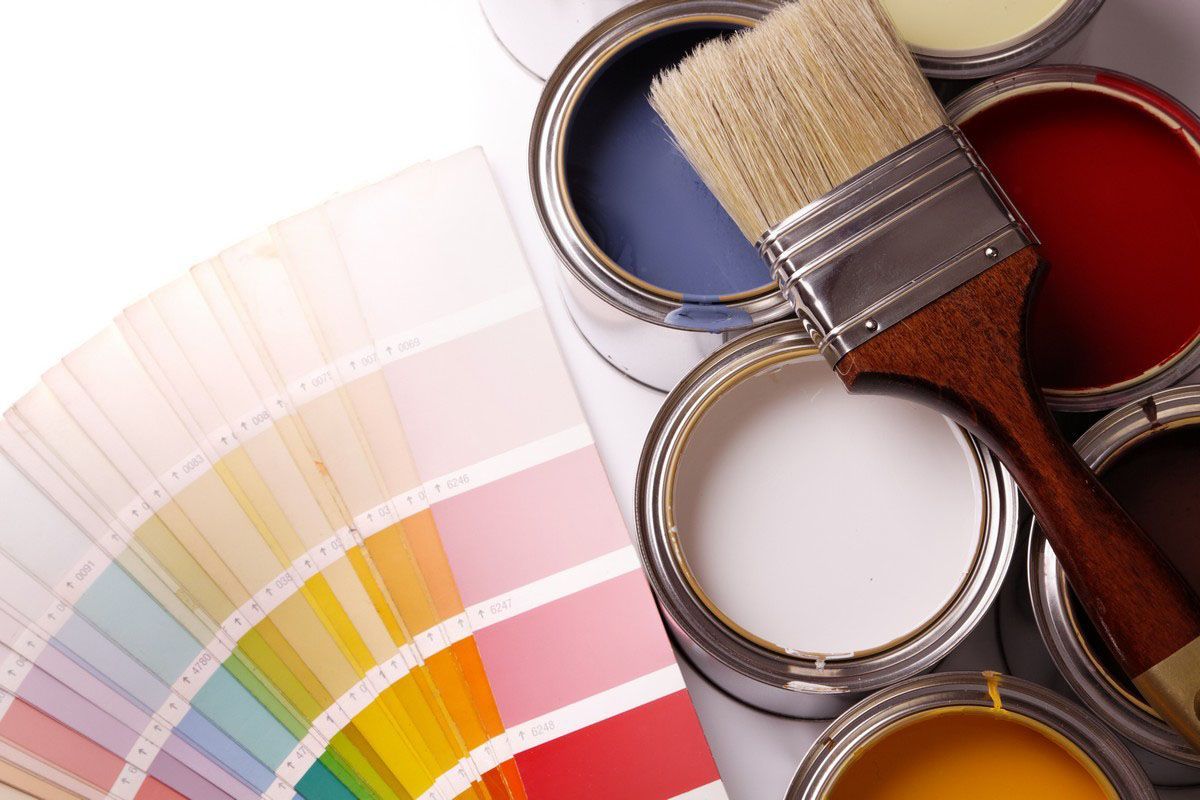


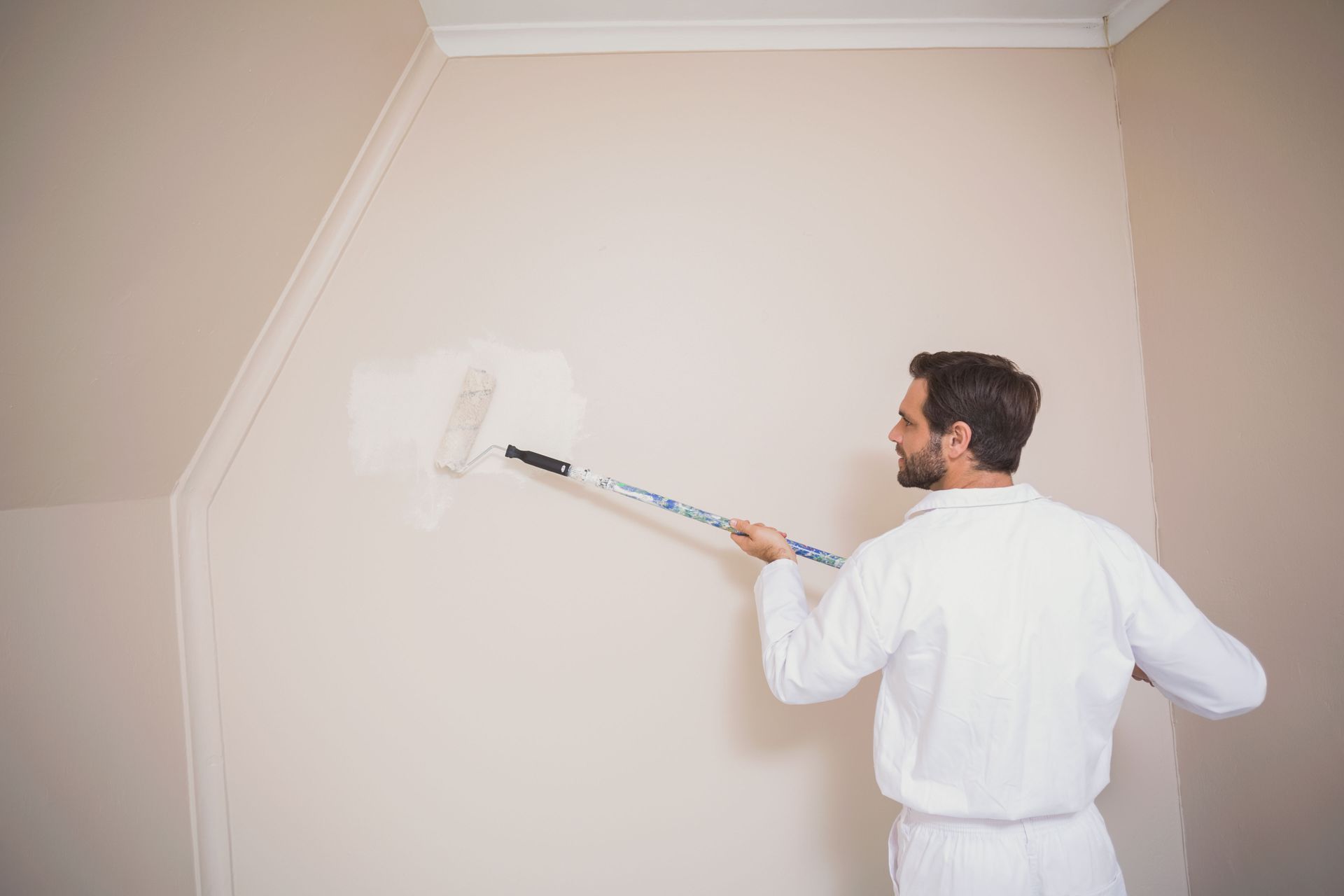
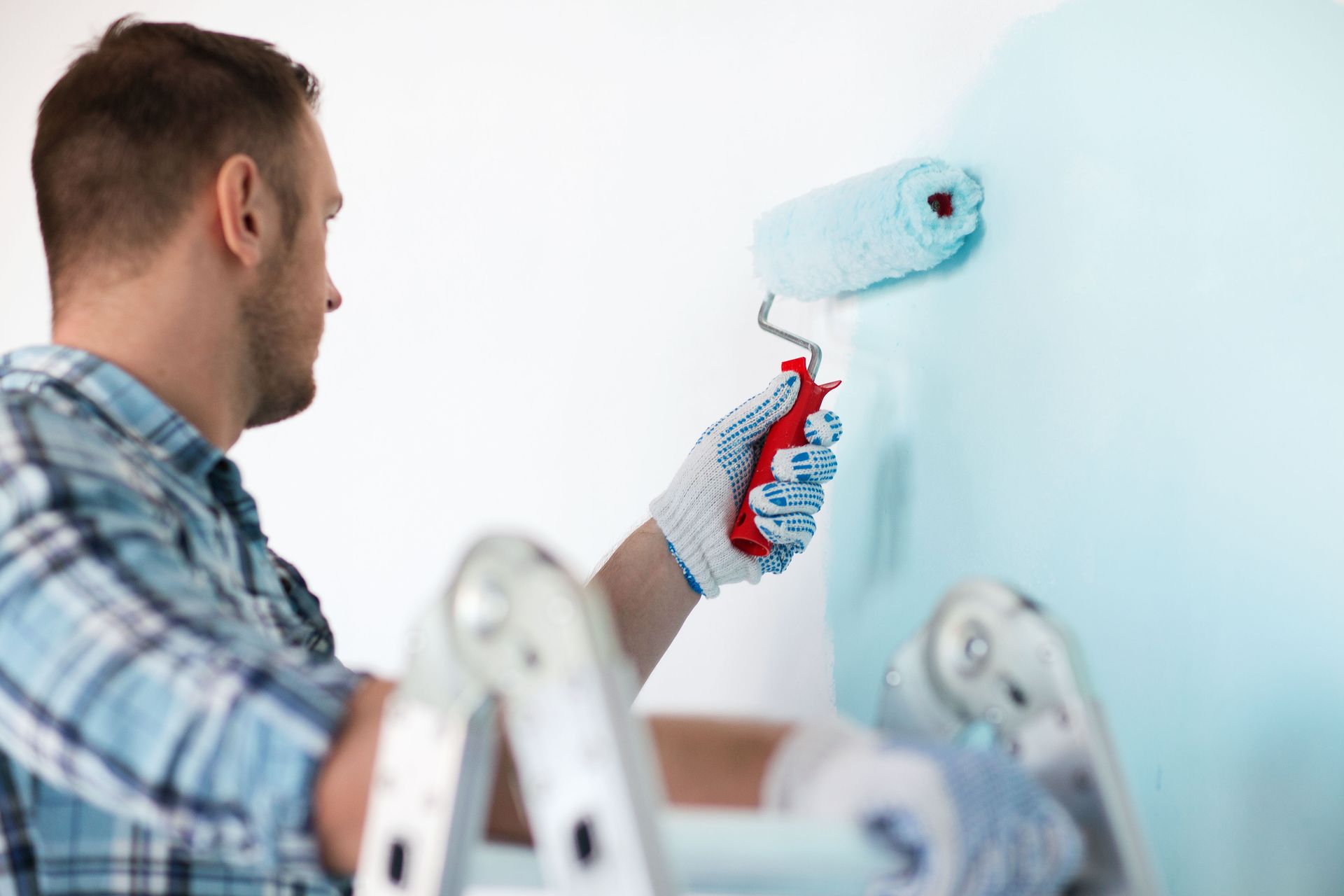
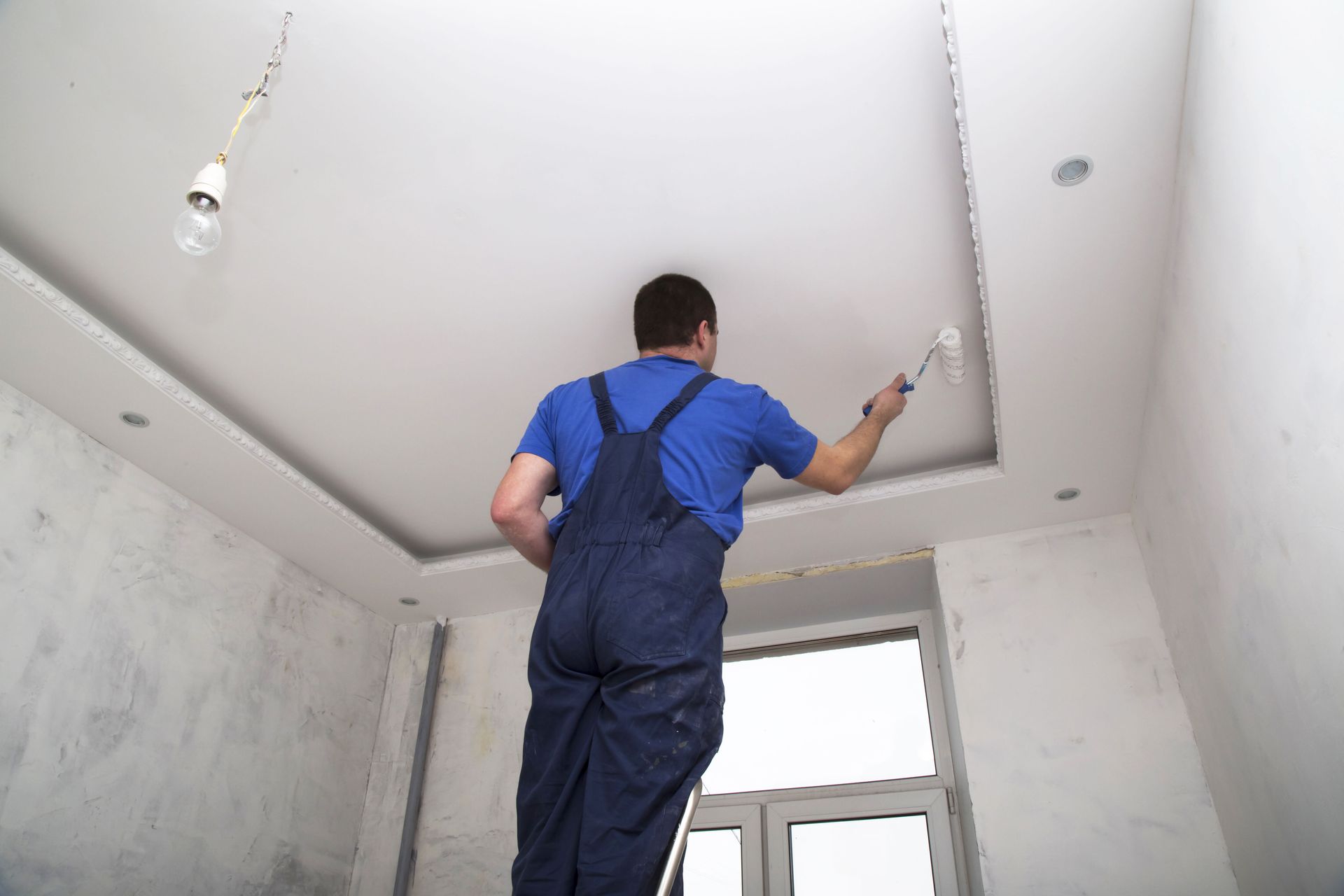

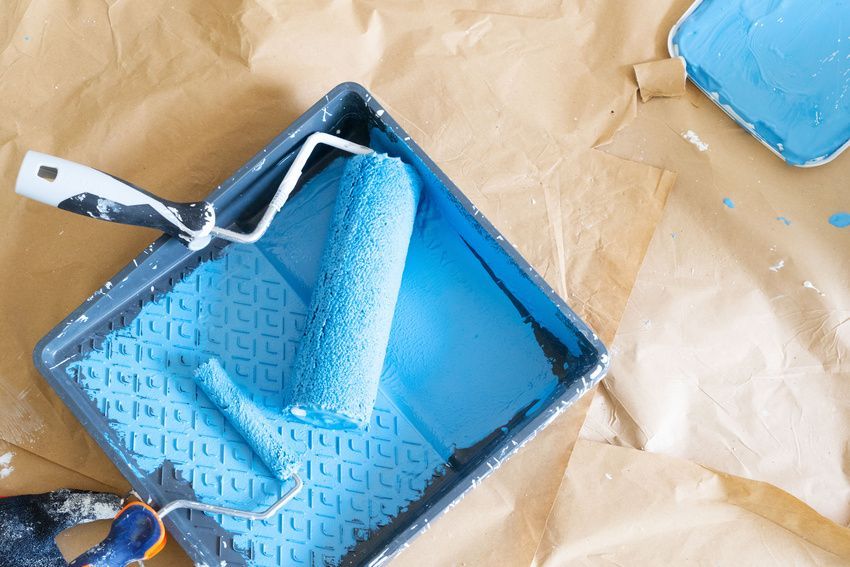


Share On: